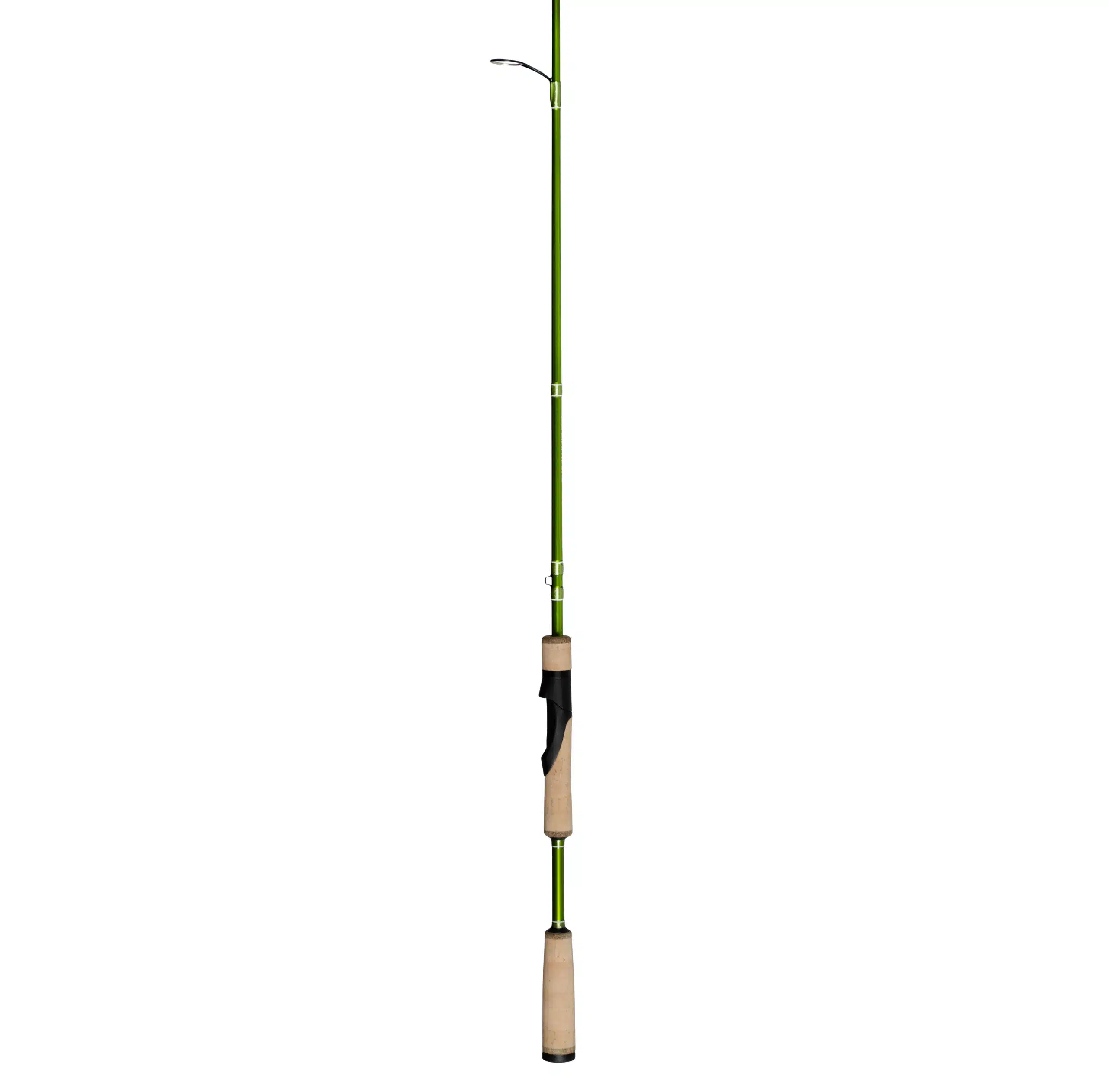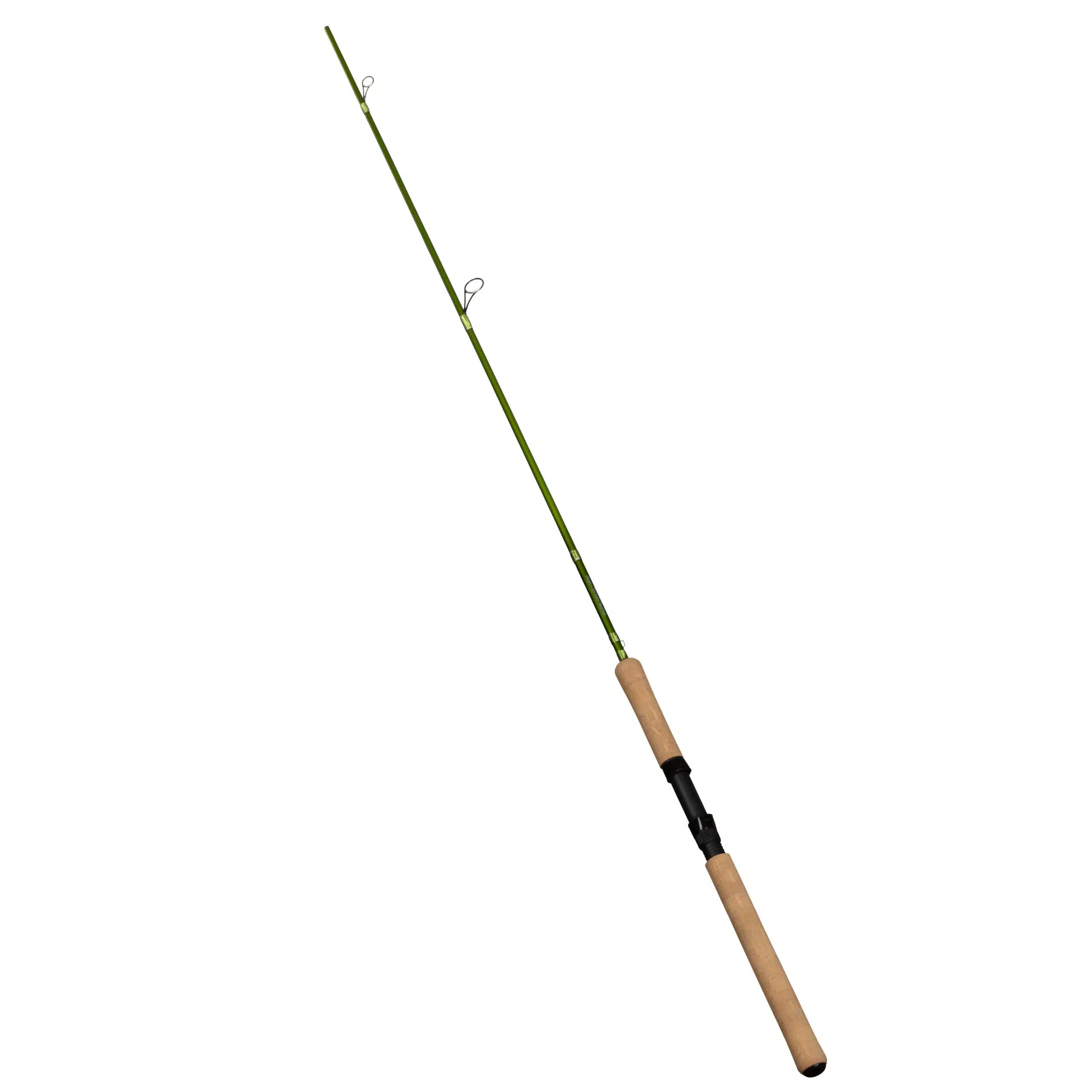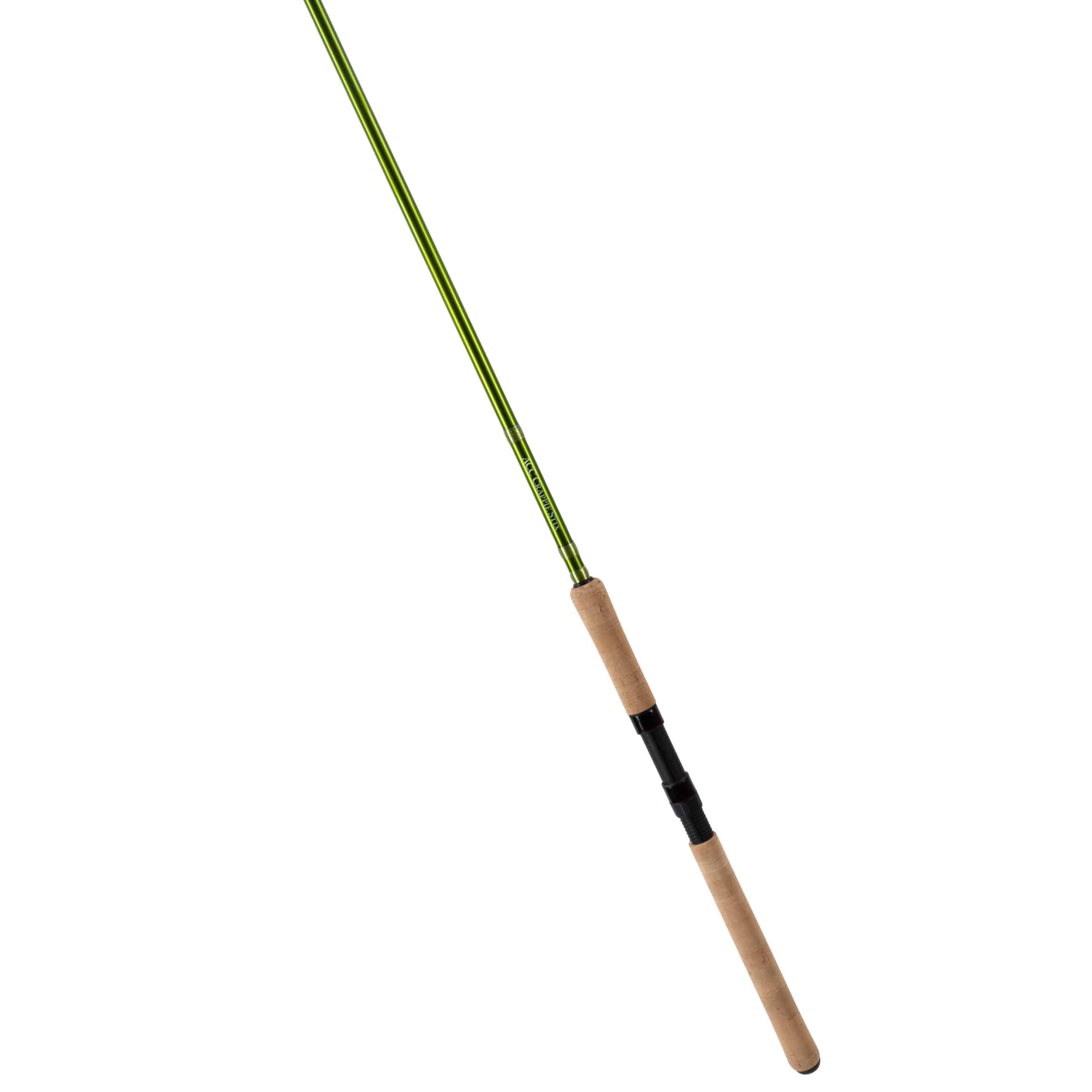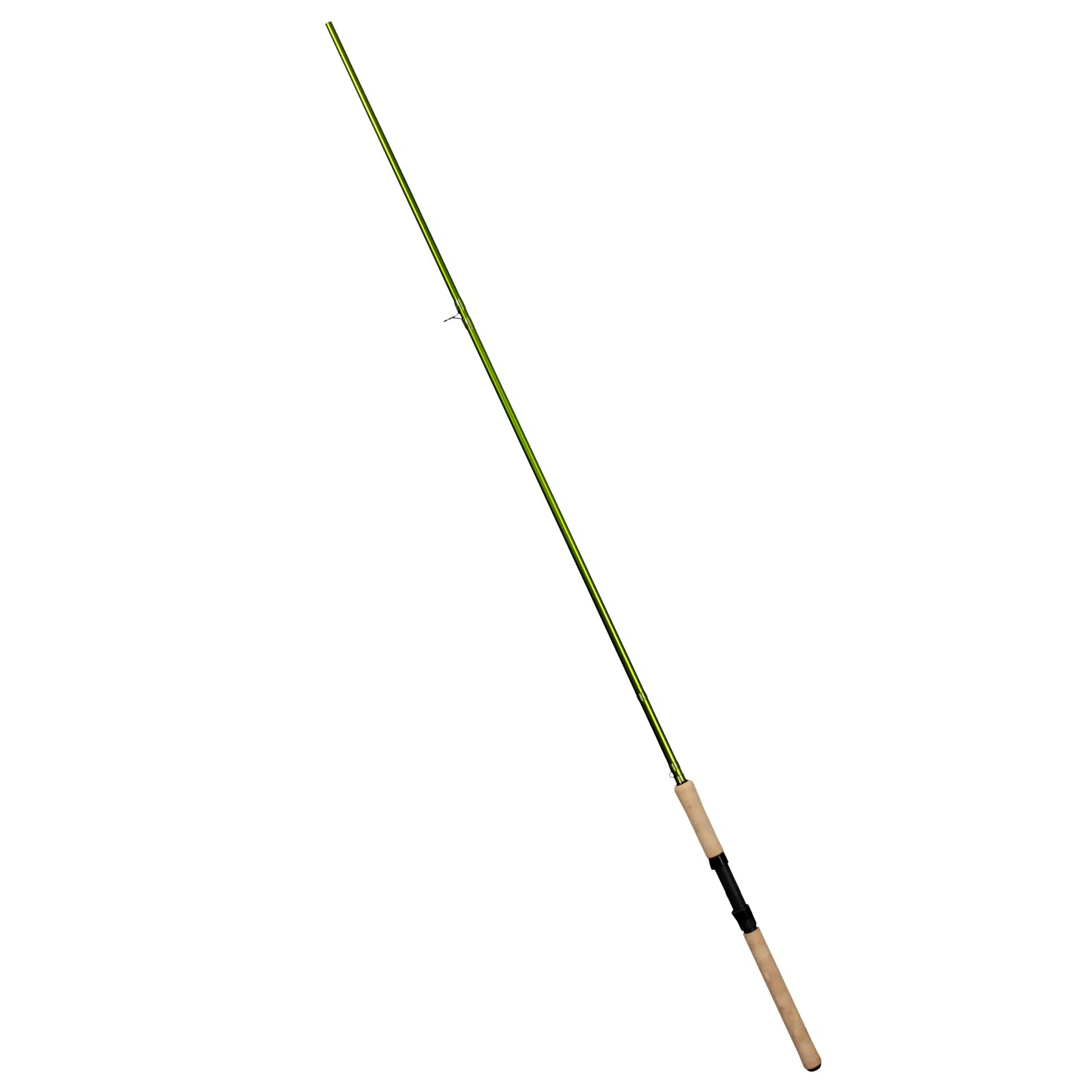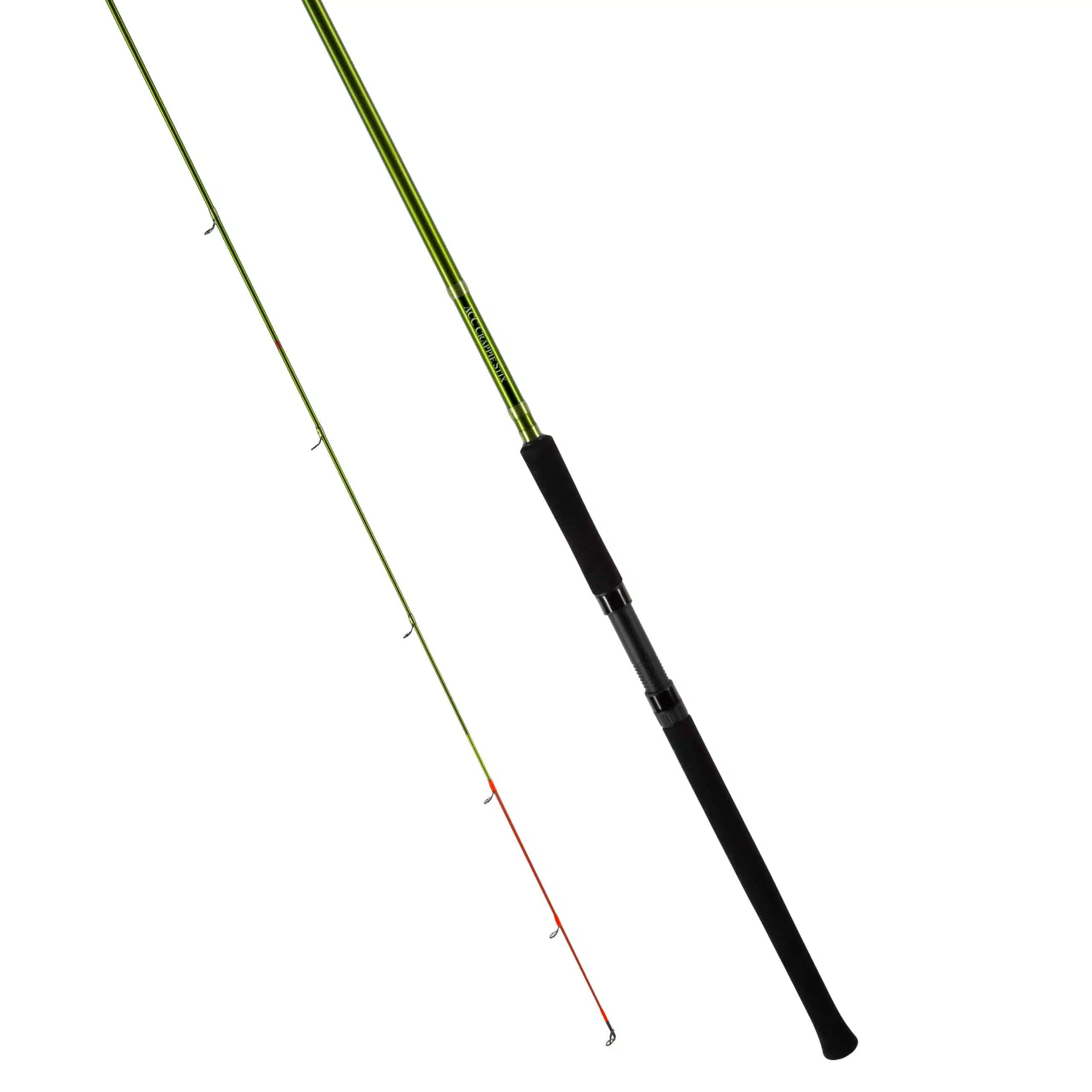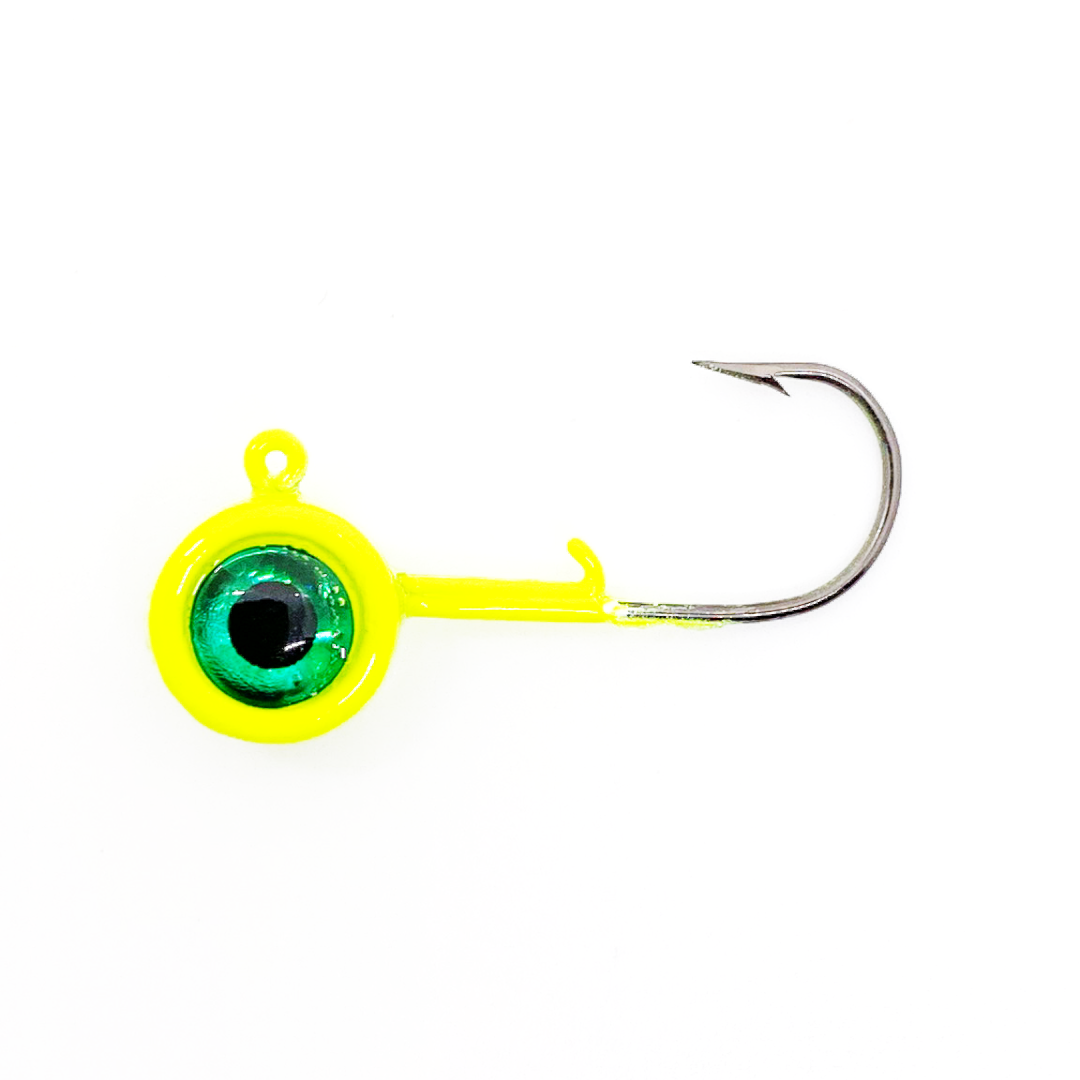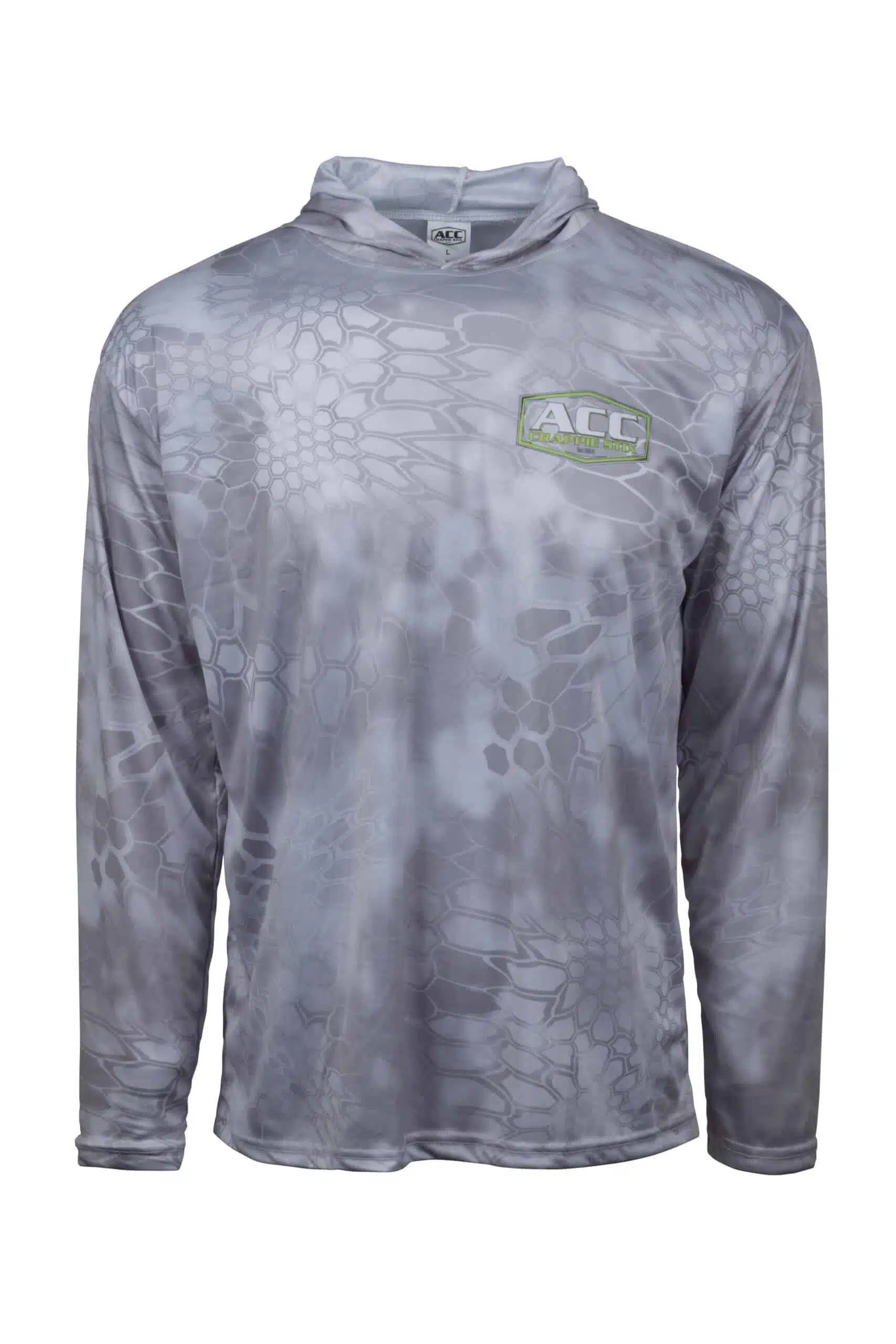5 Things Learned From Livescope
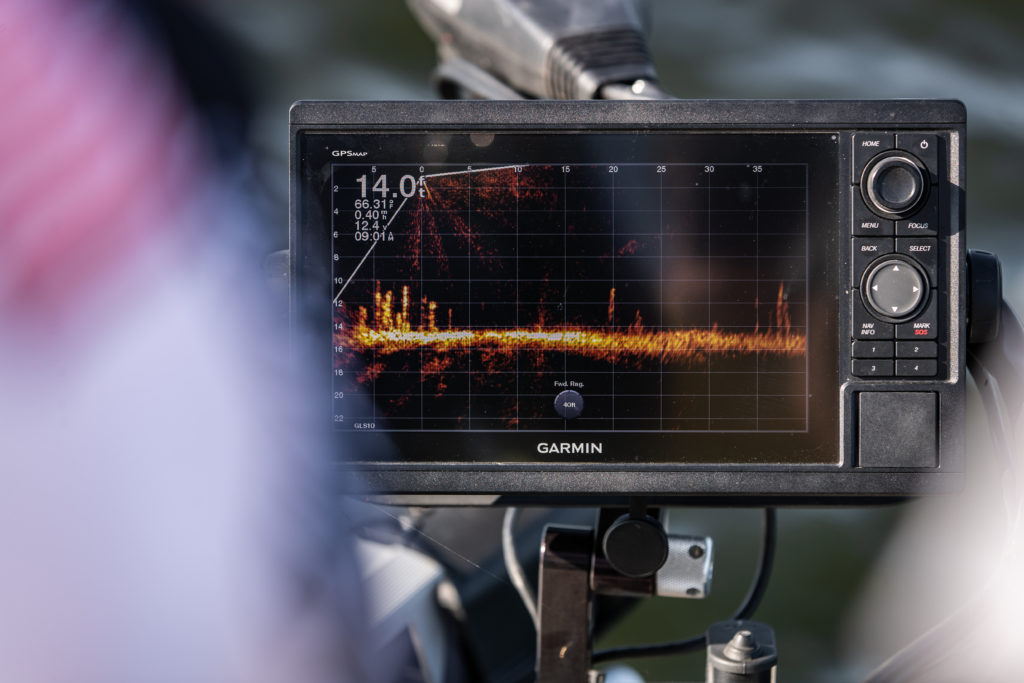
By Greg McCain
First introduced at ICast in 2018, Garmin’s Panoptix LiveScope has revolutionized crappie fishing over the last two years.
Part of the continual evolution of fishing technology, the electronics package provides fishermen with a visual underwater picture unparalleled up to this point. Fishermen can pinpoint individual fish, including those of specific sizes and species. In particular, the technology has been adopted by the crappie community, changing the approach to catching fish among many tournament anglers.
The implications are far reaching, at least until the next wave of electronics supplants LiveScope.
Following are five things that LiveScope has taught fishermen in only a short time. The list is certainly not exhaustive, but provides some basic ideas about the lessons gleaned from LiveScope.
- Crappie are super abundant on most lakes. Earlier technology allowed fishermen to zone in on the right places to fish a lake during a particular season. LiveScope allows the fishermen to see just how many fish are in those areas.I witnessed an example of this scenario unfolding on Enid Lake in Mississippi recently. I shared the boat with ACC pro staff members and guides Tim Howell and Brian Fletcher (Long Branch Guide Service, 662.251.5625) for a few hours of spider rigging. We started in water 15-20 feet deep with a limited number of fish showing up on the unit. Tim worked us around a point and into a 12-foot-deep ditch with ledges 6-8 feet deep. The crappie began showing up in much greater numbers in and around the ditch, a perfect fall spot for crappie.
“We knew that we fished great crappie lakes,” Brian said. “We just didn’t know the unbelievable numbers of fish that were here. We knew there were good crappie populations, but there are far more crappie in Enid and the other (Mississippi) lakes than we ever realized before LiveScope.”
- LiveScope pinpoints fish, making time on the water much more efficient. For Livescope users, gone are the days of random casting, trolling, or dock shooting. They know if a particular location or structural feature holds fish. The evidence is there on the screen.Davis Lenzen is a Wisconsin crappie angler and ACC Crappie Stix pro staff member who chronicles his far-reaching adventures on YouTube (check out Flopping Crappie). He still resorts to some of the same tactics and presentations that he has used since childhood when he fishes the lakes near his home. The difference now is technology.
“Around where I grew up, crappie fishing was all about a bobber and a minnow,” Davis said. “That’s about it. I still do the same things, just more effectively with LiveScope. Pre Livescope, we would fish down a grass edge until we caught a fish. Today, I can quickly troll down that grass edge scanning with LiveScope until I locate a school of fish. It’s just unbelievable how much quicker I can locate fish (with LiveScope) compared to previous years.”
- The previous two items are the good news. This one suggests that just because you see them on the screen doesn’t mean they will bite. Crappie are just like any other fish, ultra-aggressive one day, timid the next.“The oddest thing in the world is to see a minnow drop on a crappie, and the fish not even sniff at it,” said Jonathan Phillips, ACC pro staff member, tournament pro, and guide (Team Phillips Guide Service, 334.391.9735).
Les Milligan, another ACC pro staffer, tournament angler, and guide (Lake O’ the Pines Fishing Guide Service, 903.445.6804), made the same point after finishing third in the ACT event on the Ouachita River. He entered the second day of competition with a good chance to move up the leaderboard.
He went on to relate how he targeted four huge crappies in the opening minutes of Day 2 fishing. All ignored his offerings. Thankfully, he eventually caught the right fish.
“LiveScope has definitely changed the game and helps pinpoint fish,” he said. “But you still have to make them bite.”
- Mississippi fisherman Shane Johnson, a member of the Magnolia Crappie Club and ACC pro staff member, has used LiveScope extensively the last two years and now almost exclusively tournament fishes focused in on his Garmin screen. What is his biggest takeaway from using LiveScope?“Almost all fish face into the wind,” Shane said. “That may be common knowledge to some people, but LiveScope confirmed it for me. I guess it’s the same as current on river fisheries. The crappie that I encounter on these Mississippi lakes are found with their nose facing into the wind.”
The implications are many. Shane said he has learned better boat control and better lure presentation since starting to use LiveScope.
“It’s more than just a piece of technology,” he said. “It makes you understand fish behavior and how to catch more fish.”
- The final idea, also courtesy of Shane, is really an extension of the previous one. The basic premise is this: crappie are unbelievably spooky, especially those found in open water.“LiveScope allows you to see the fish,” Shane said. “That’s the good thing. The bad thing is it also allows you to see them leaving the area once you’ve spooked them.”
Fishing into the wind, Shane said he has learned not to “bump” the fish. Since starting to use LiveScope, “I know now that I’ve chased off far more fish in the past (spider rigging) than I ever had a chance to catch. They just don’t like you slipping up behind them.”
With that in mind, Shane has switched to a one-pole approach, using a 16-foot ACC Crappie Stix trolling rod rather than a jig pole.
“I want to intercept those fish with the lure,” he said, “and get it out as far from the boat as possible. If you get within 10 feet of them, they are likely to spook, and then you have to chase them down.”
What’s next in the technology world? Certainly LiveScope will be updated by Garmin or surpassed by another company in the business. In the meantime, LiveScope is a tremendous tool that will continue to teach fishermen lesson after lesson.

